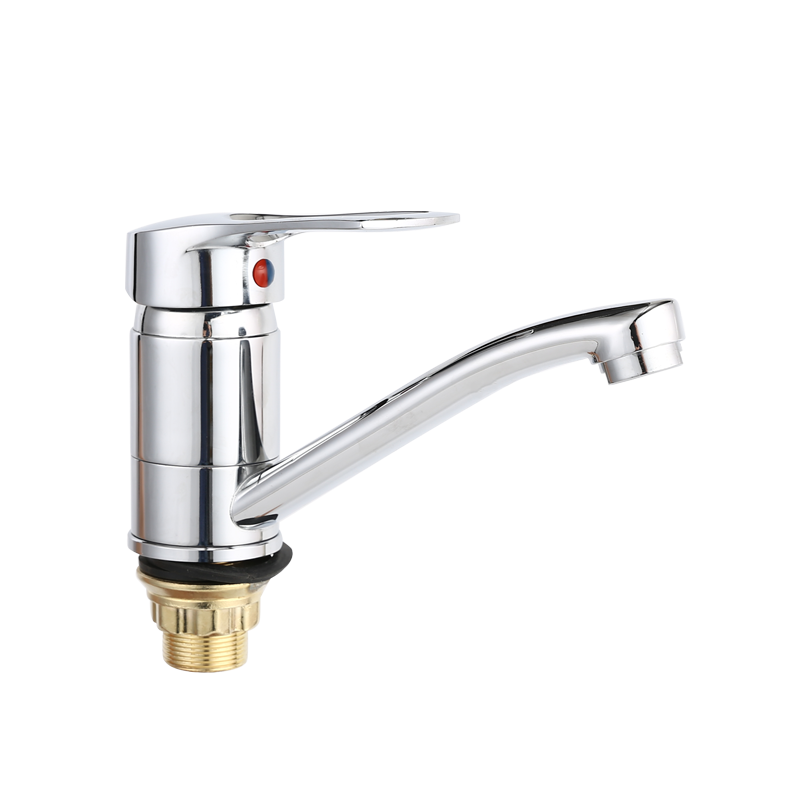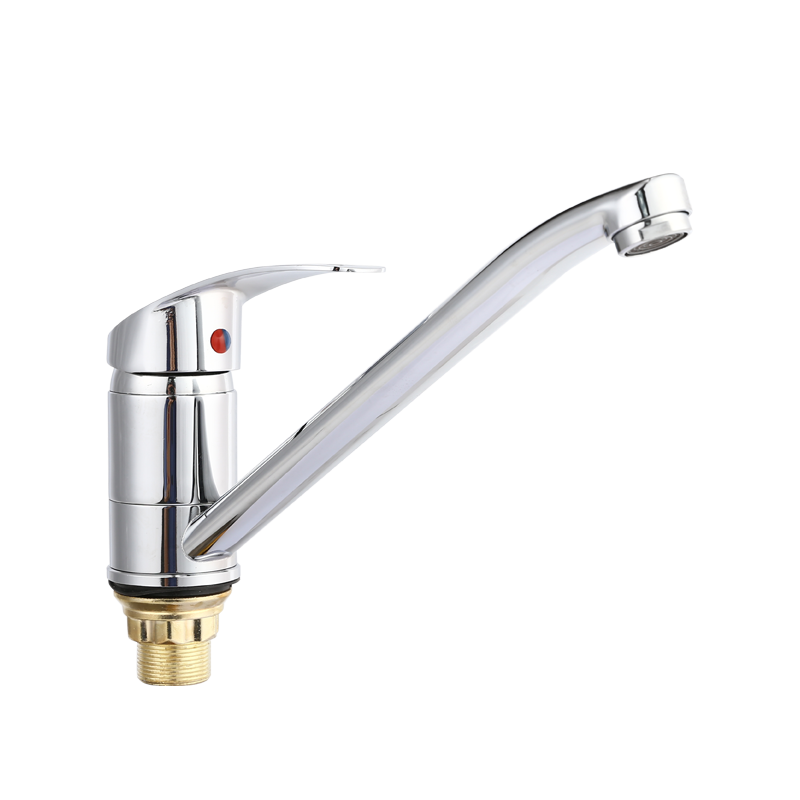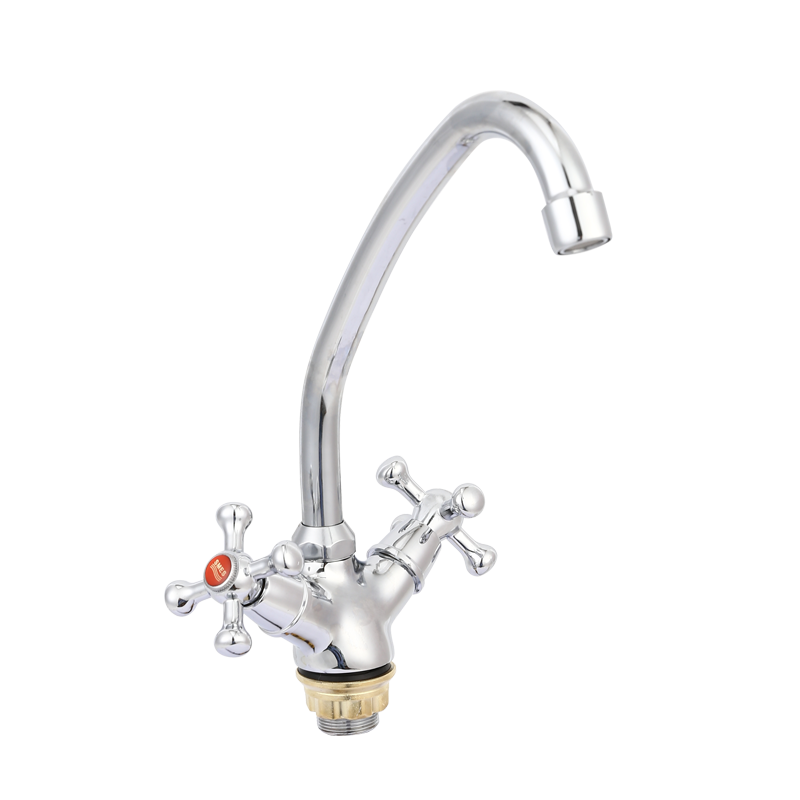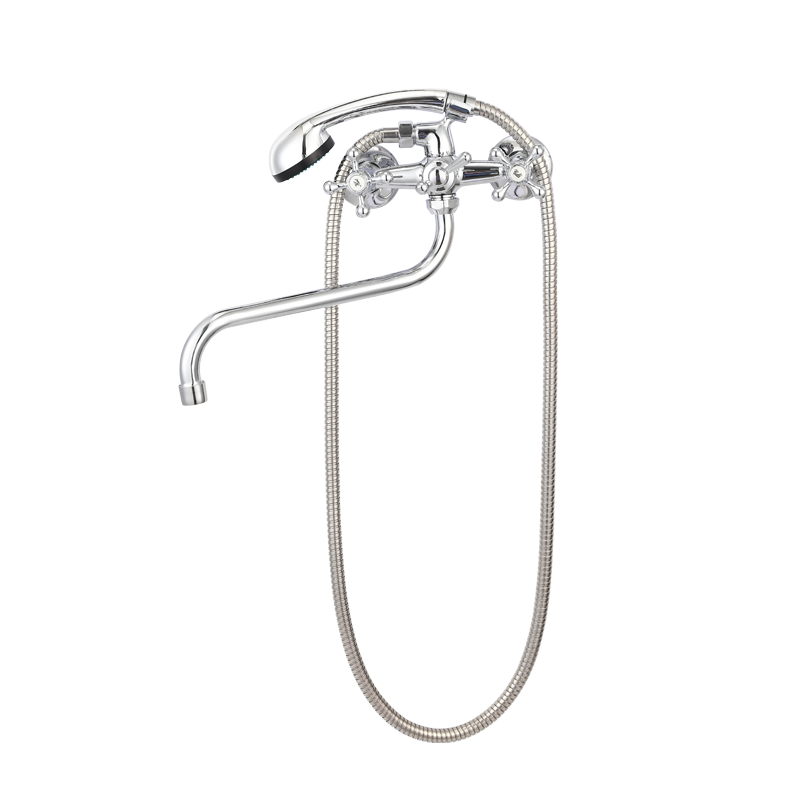If you are planning to buy a bathroom floor drain, you should first know about the market size, types and other aspects. The report will also show you the most dominant regions and the latest developments in the market. Moreover, it will help you identify the common culprits for clogging the drain. If you want to purchase the best bathroom floor drain, this report will be the perfect choice for you. The report will provide you with all the necessary information regarding the market.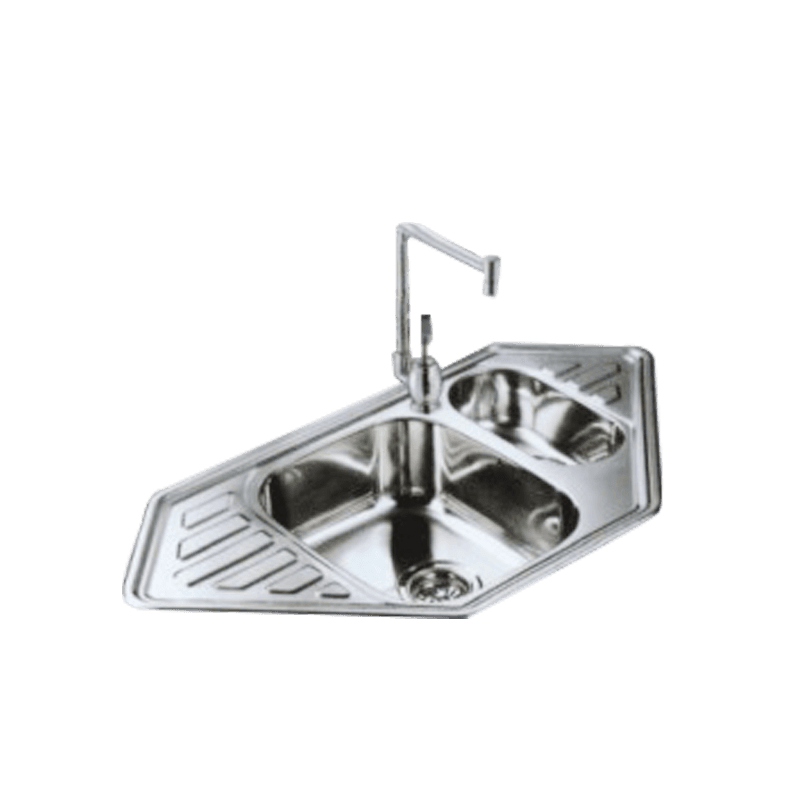
Installation
Installing a bathroom floor drain is a relatively simple task, but it requires some basic handyman skills. Make sure you have all the necessary tools and follow the sequential installation steps. Before you start, mark the area where you are going to put the floor drain. This hole should be exactly the same level as the floor. Once you've marked it, use a marker to place the floor drain in its proper location. Make sure the floor drain is at a level where the water level is the same as the surrounding floor.
Once the drainage system is in place, you can finish the installation by laying the tile. Choose a tile that's non-slip and the same color as the floor of the bathroom. You can also purchase a waterproof sealant specifically designed for bathroom floors, such as KWIK SEAL or Ceresit. There are no special tools needed for installing a bathroom floor drain. Tile-laying tools are typically required.
Sizes
Global bathroom floor drain market size is projected to grow at a significant CAGR during the forecast period. The recent COVID-19 pandemic has triggered a higher-than-anticipated demand for bathroom floor drains. In addition, government initiatives for improved sanitation and water conservation in residential and commercial sectors will increase the demand for bathroom floor drain. The report covers all important aspects of this market, from market size and trends to recent developments and competitive landscape.
There are a few standard sizes of bathroom floor drains. The right size will drain water efficiently without overflowing the pipes underneath. The minimum size is two inches in diameter, although larger and smaller models can be chosen as well. This size allows for air to enter the pipe, thereby venting and ensuring even flow of water. Therefore, make sure to consider the floor drain size before you choose a floor drain. If the size is too large, it will overflow and become difficult to clean.
Common culprits of clogging
A simple way to clear a clogged floor drain is to use a plunger. The plunger moves the clog down the drain, and the material that comes out of the drain should be thrown away. In the event of a deep clog, you can try boiling water, vinegar, or baking soda, or another solution to dissolve the clog. Using a plunger is inexpensive and will not damage the floor drain.
Hair is the most common culprit of bathroom floor drain clogging. Long hair is especially prone to tangling in pipes. Similarly, curly hair tends to clog up pipes. You can use a product like Draino to break up clumps of hair, but it may not be effective for all types of hair. After a shower, a small amount of soap and hair will accumulate in the drain, which can cause a clog.

 English
English русский
русский